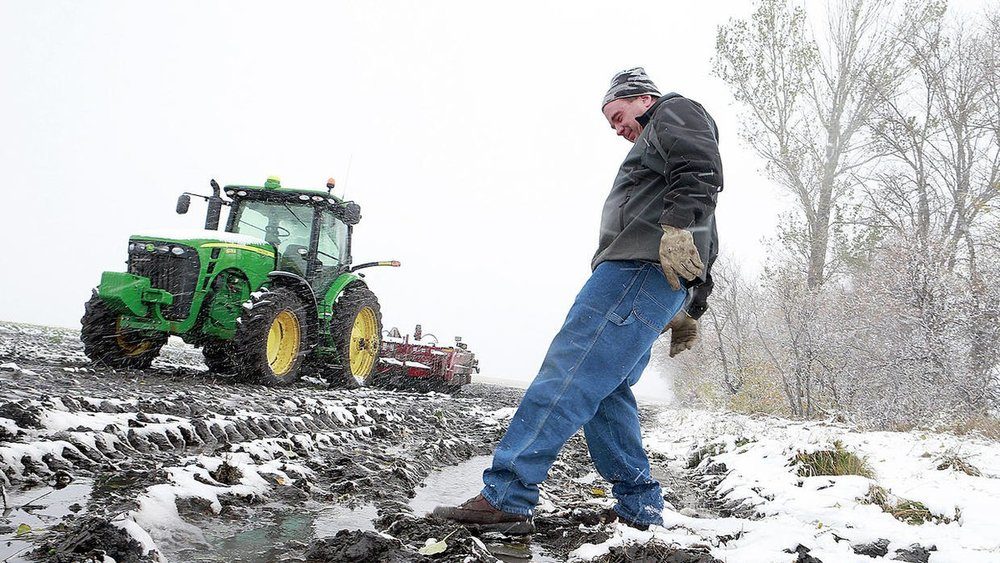OF THE
TIMES
We'll know our disinformation program is complete when everything the American public believes is false.
Truth is a distraction. I agree. It compels one to think, to reevaluate beliefs, among many other things. I didn't read the article past the first...
The Independent: Russia uses combat dolphins to destroy Ukrainian spy divers [Link] 🤡💩🎪
Go Ireland go! Kick their flatulent EU arses back to Brussels.
Justice unfolds. An outlaw satanic state destroyed from within by its own greed and avarice. It couldn't happen to a nicer bunch of psychopaths. A...
Further….. Did they fall or were they complicit! if they can fall for a medical scam such as 'covid', what else might pass over their heads?
To submit an article for publication, see our Submission Guidelines
Reader comments do not necessarily reflect the views of the volunteers, editors, and directors of SOTT.net or the Quantum Future Group.
Some icons on this site were created by: Afterglow, Aha-Soft, AntialiasFactory, artdesigner.lv, Artura, DailyOverview, Everaldo, GraphicsFuel, IconFactory, Iconka, IconShock, Icons-Land, i-love-icons, KDE-look.org, Klukeart, mugenb16, Map Icons Collection, PetshopBoxStudio, VisualPharm, wbeiruti, WebIconset
Powered by PikaJS 🐁 and In·Site
Original content © 2002-2024 by Sott.net/Signs of the Times. See: FAIR USE NOTICE

Comment: View also this report from 8th October: Early cold snap and snow impacts crops in North Dakota and then this from 3 days later: As much as 17 inches of snow dumped on eastern North Dakota as early season snowstorm hits